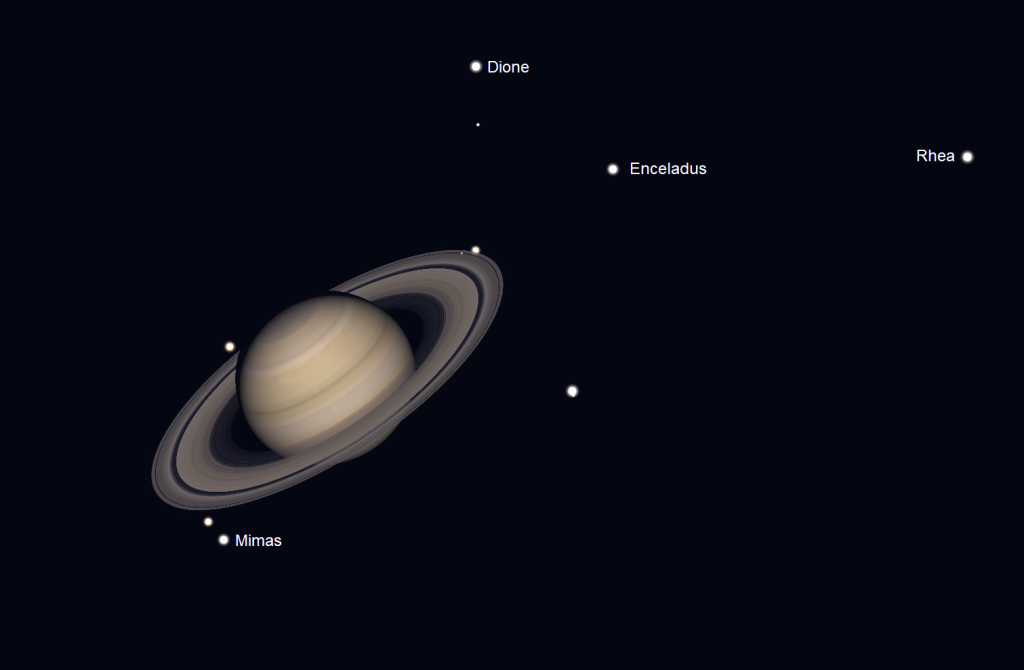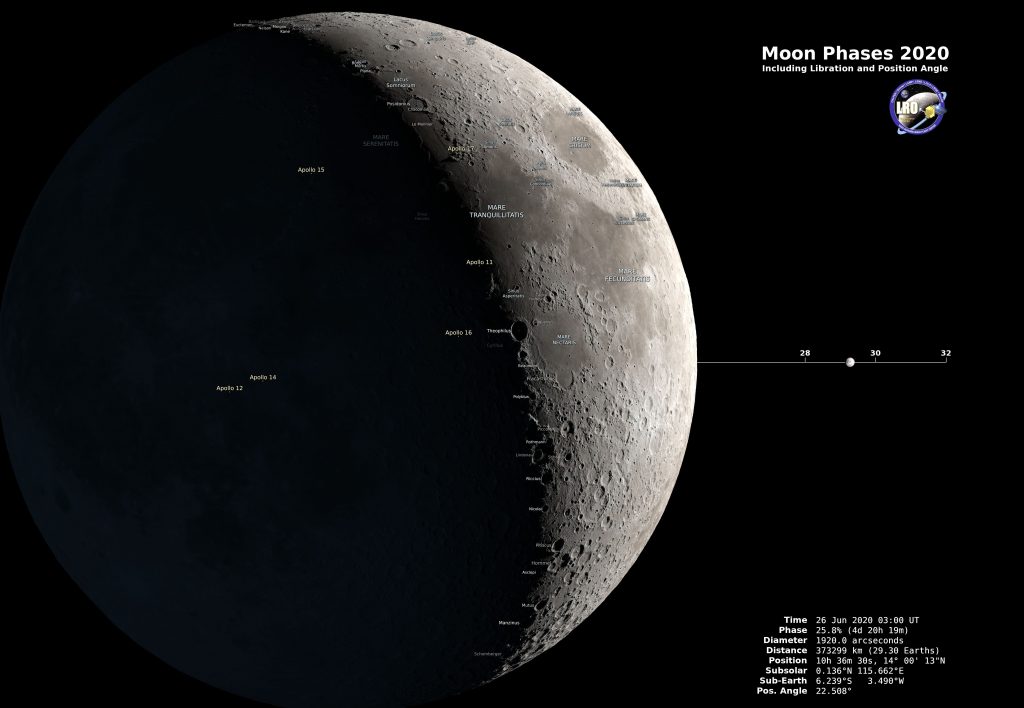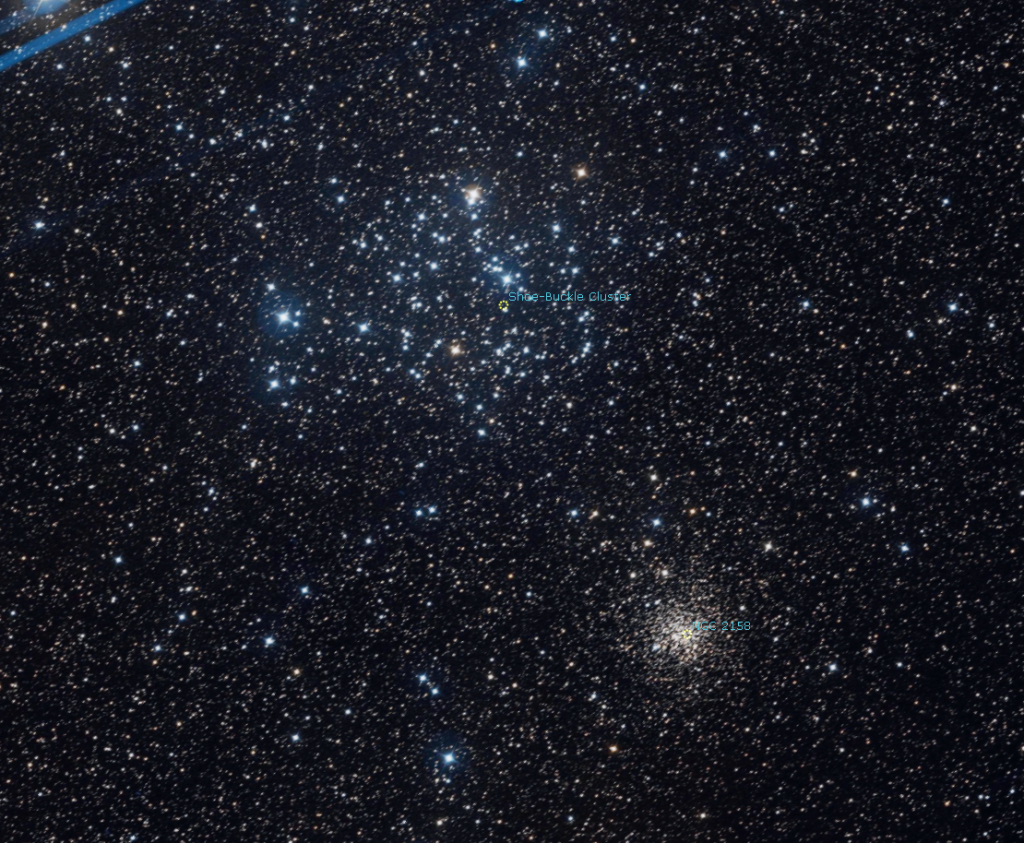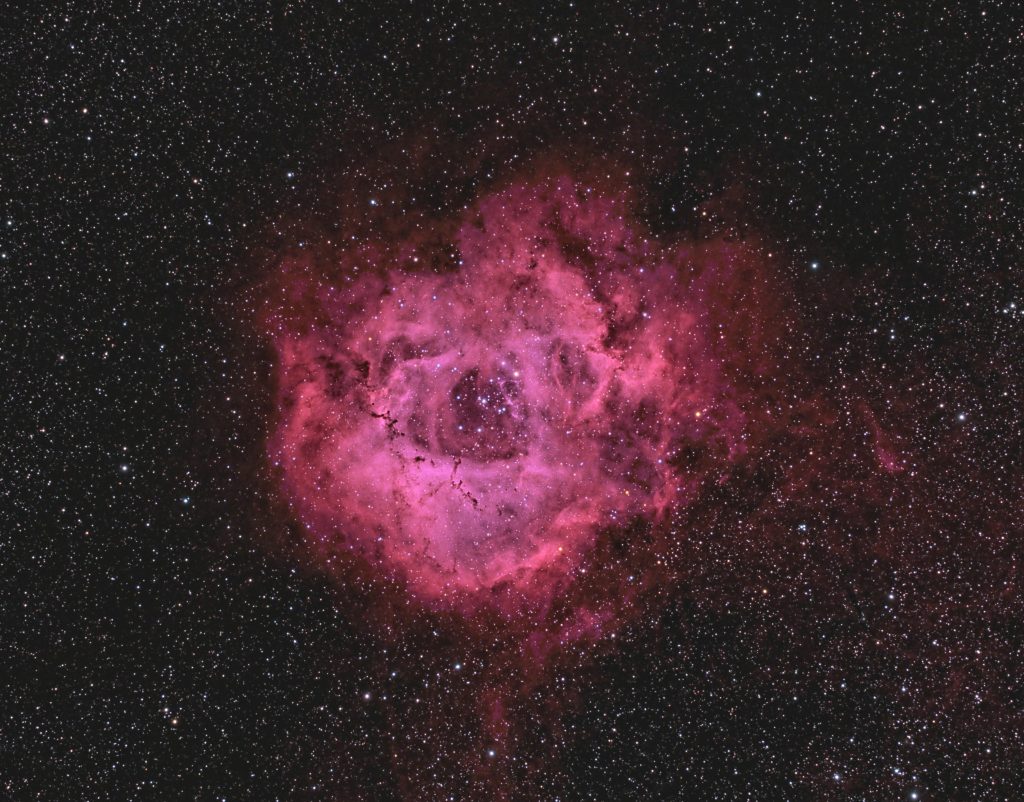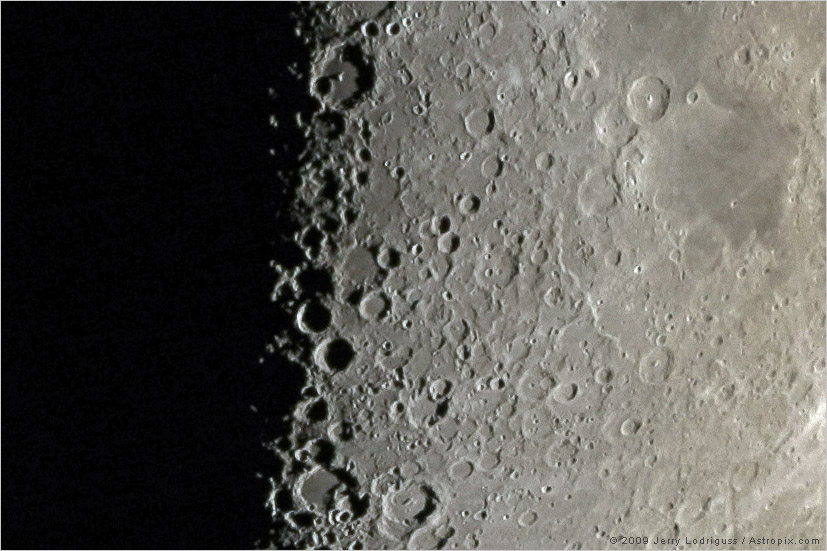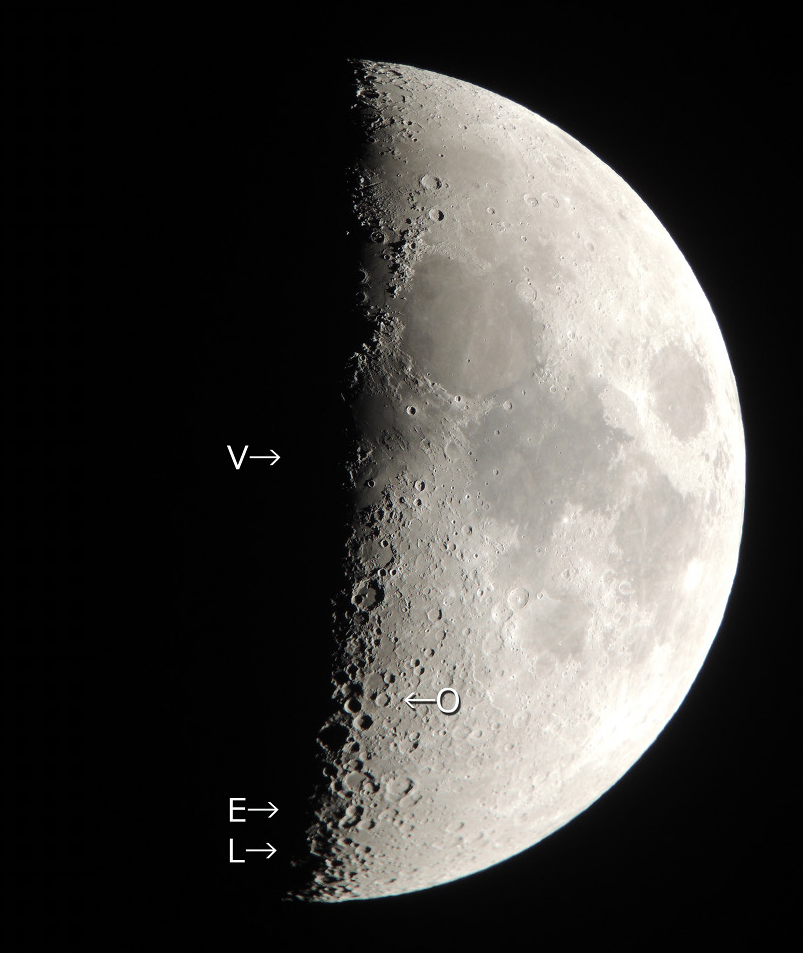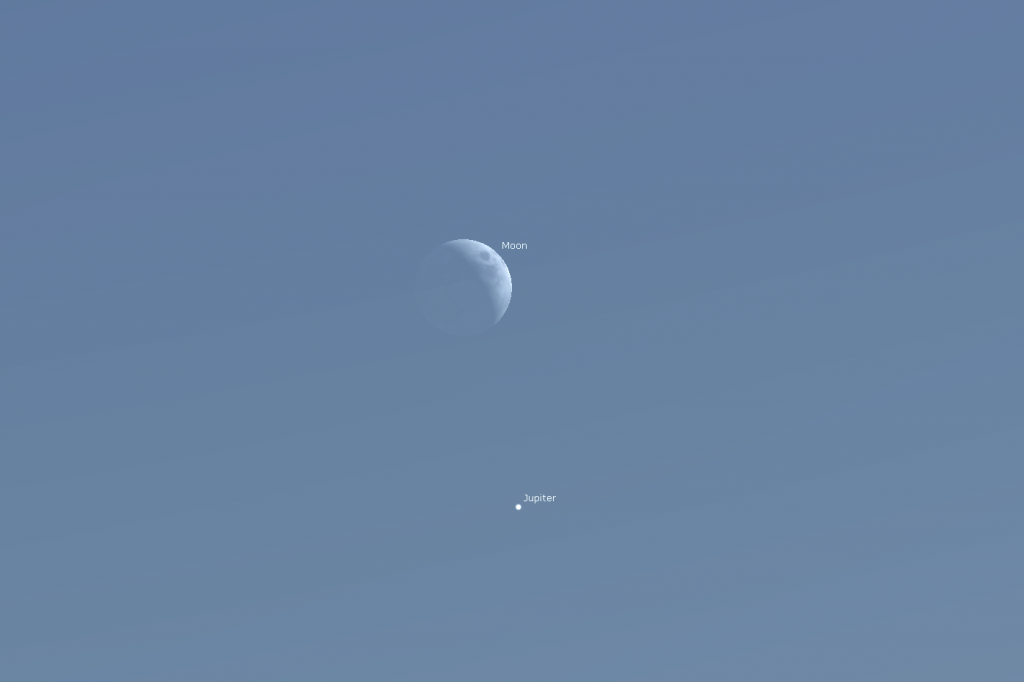Comet NEOWISE Becomes a Binoculars Object, the Evening Moon Meets Pretty Planets, Meteors, and Venus Kisses the Ruby Star!
This simulated image of Saturn for Sunday, July 26 at 10:30 pm EDT shows several of the larger moons labelled and the distinctive Cassini Division that splits the rings. Hello, Late-July Stargazers! Here are your Astronomy Skylights for the week of July 26th, 2020 by Chris Vaughan. Feel free to pass this along to your…
Read more
